Is a Smithey Skillet Worth It?
An honest review of the heirloom pan redefining American cast iron.
The Allure of the Modern Heirloom.
In recent years, a quiet revolution has been simmering in kitchens across the country. Home cooks are turning away from disposable, chemically coated non-stick pans and rediscovering the enduring appeal of cast iron. This is more than a trend; it's a conscious return to durable, sustainable tools that connect us to the food we cook and the traditions we cherish.
Amid this cast iron renaissance, a new class of premium, American-made cookware has emerged, led by brands like Smithey Ironware Company. These are not just frying pans; they are statement pieces, meticulously crafted to be used daily and passed down through generations. But does this craftsmanship justify the premium price?
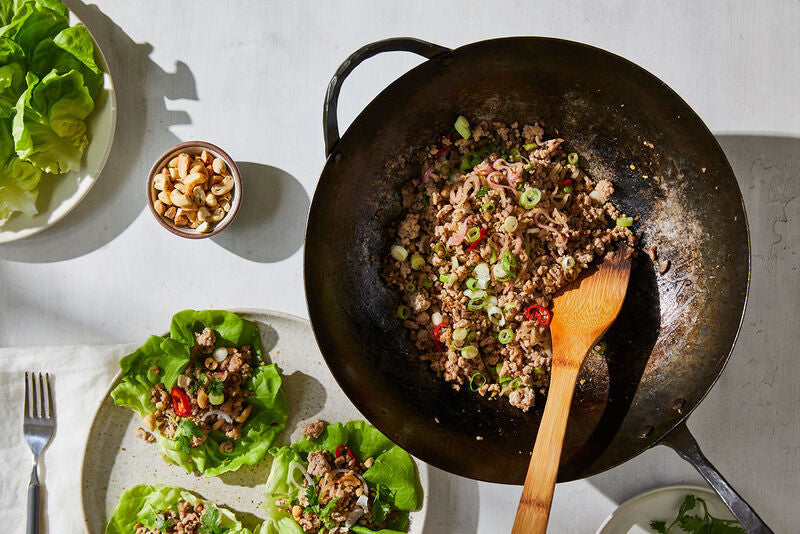
The Anatomy of a Premium Pan
To understand the value proposition of a Smithey skillet, one must first deconstruct it. The premium price is a direct reflection of specific material choices, manufacturing processes, and design philosophies that fundamentally separate it from mass-market alternatives.
The Surface: Polished Perfection
The single most defining feature is its cooking surface. Unlike the rough, pebbly texture of modern cast iron, every Smithey pan is polished to a satin-smooth, gleaming interior. This is a deliberate return to the methods that made vintage Griswold and Wagner pans so sought-after for their non-stick qualities.

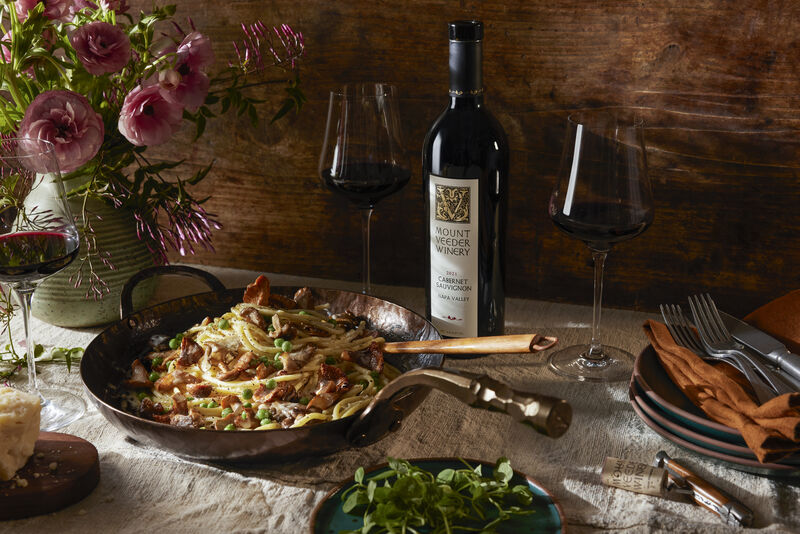
"The Smithey is my go-to pan specifically for searing steaks. Thermal mass FTW."
The Smithey Journey
The ultra-smooth surface that makes the pan so desirable also makes its initial seasoning behavior different. Understanding this is key to a rewarding ownership experience.
Embracing the Patina
(The "Before")
The beautiful, coppery-bronze finish on a new Smithey is a starting point. It is expected to look "splotchy" after the first few cooks. This isn't a defect; it's the natural result of polymerized oil on an extremely smooth surface.
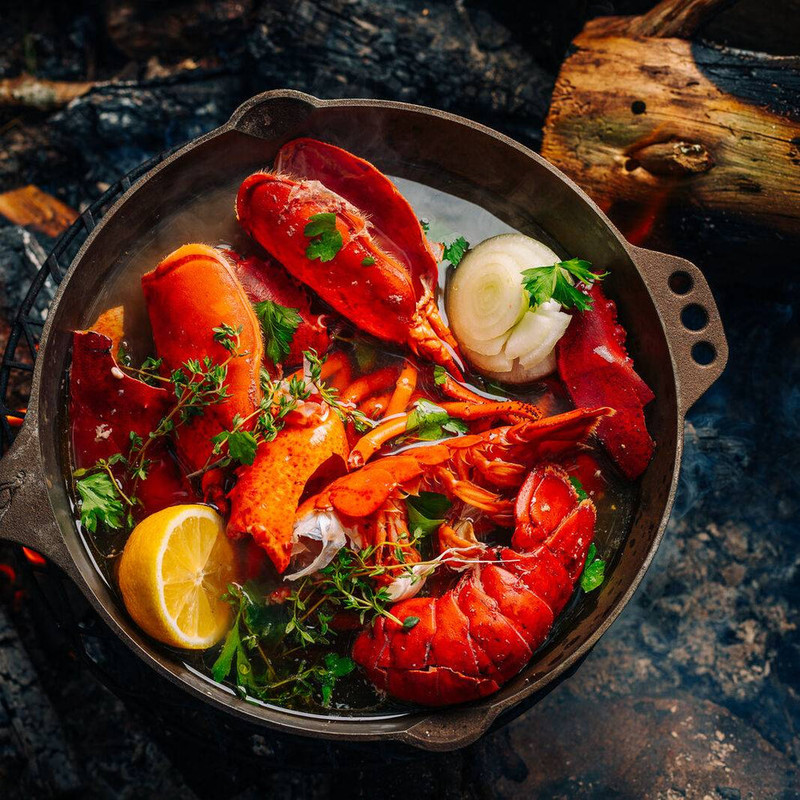
Building Your Legacy
(The "After")
The solution is simple: just cook with it. Frying, searing, and baking will build a robust, personal, and truly non-stick surface over time, transforming the pan into a coal-black workhorse.
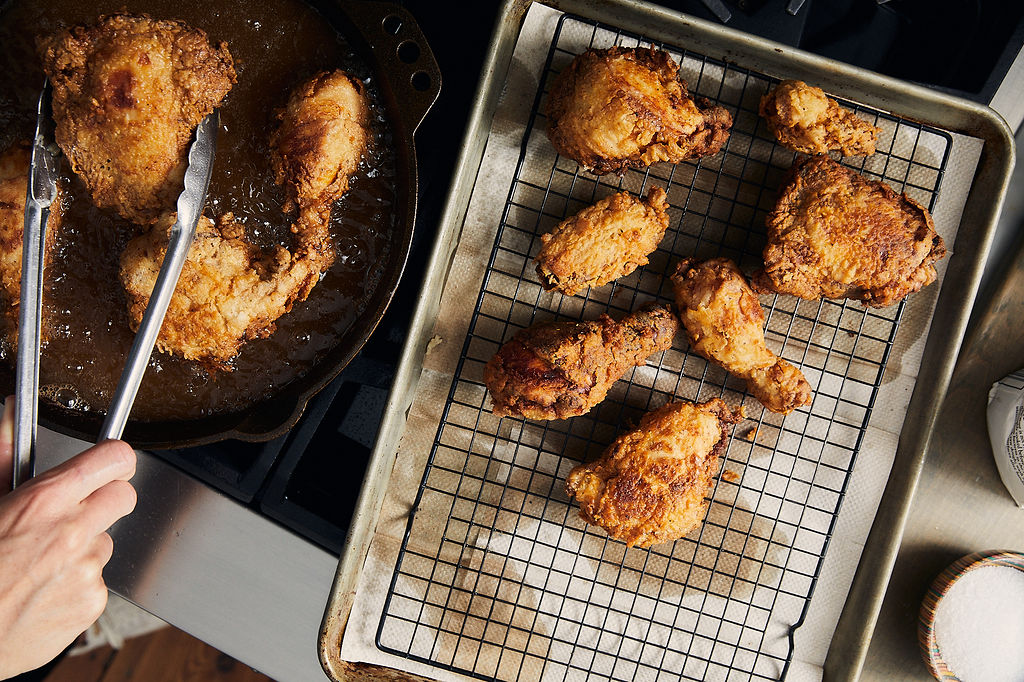
The Cast Iron Landscape
No purchasing decision is made in a vacuum. Here’s how Smithey stacks up against its key competitors visually and in detail.

Smithey
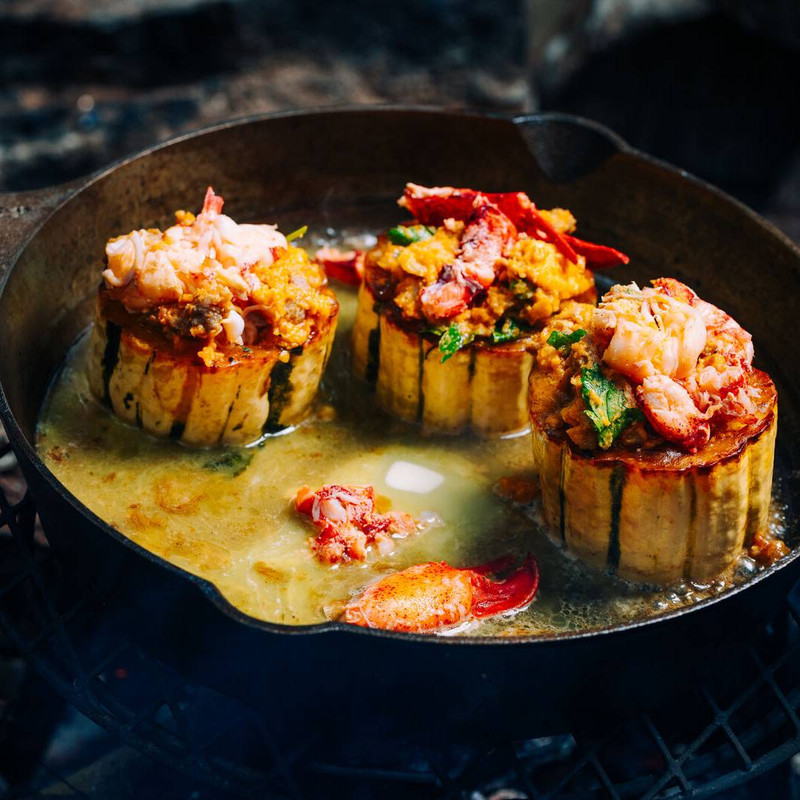
Lodge
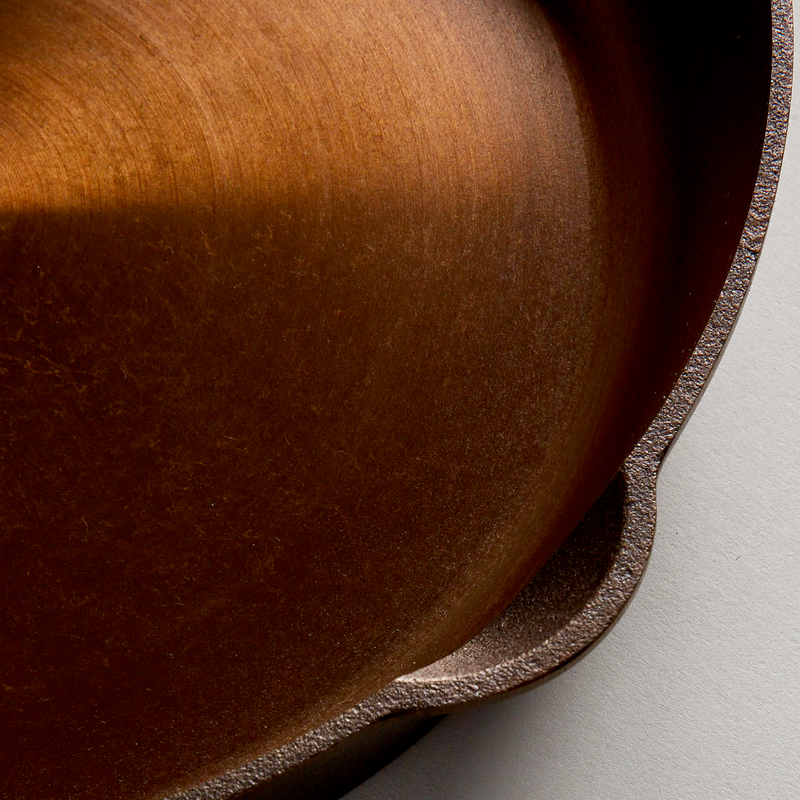
Field Co.
| Feature | Smithey (No. 12) | Lodge (10.25") | Field Co. (No. 10) |
|---|---|---|---|
| Price Point | Premium (~$220) | Budget (~$20-$30) | Premium (~$195) |
| Surface Finish | Machine-Polished | Rough (Sand-Cast) | Machine-Polished |
| Weight | Heavy (~8.7 lbs) | Standard (~5.4 lbs) | Lightweight (~6.5 lbs) |
| Philosophy | Maximum heat retention and heirloom aesthetics. | Unbeatable value and durability. | Lightweight design inspired by vintage pans. |
Is a Smithey Skillet Right For You?
Ultimately, the decision is a personal one. Here’s a guide to help you choose.
An Ideal Choice If You...
- View cooking as a craft and a passion.
- Value the "buy it for life" ethos and American craftsmanship.
- Prioritize a perfect, restaurant-quality sear on proteins.
- Appreciate the aesthetic beauty of your tools.
- Enjoy the process of making a tool your own over time.
Another Pan May Be Better If...
- Your budget is the absolute primary concern (Choose Lodge).
- You have wrist problems or prefer lightweight cookware (Choose Field Co.).
- You desire a completely maintenance-free, non-stick experience (Choose Enameled).
- You want to avoid the seasoning process altogether.
More Than a Pan, It's an Investment.
A Smithey is not a question of simple utility, but of value, experience, and philosophy. It represents a commitment to a certain way of cooking—one that values performance, celebrates craftsmanship, and embraces creating something that lasts.
For those ready to invest not just in a skillet, but in the future of their kitchen, a Smithey is an heirloom waiting to happen.
